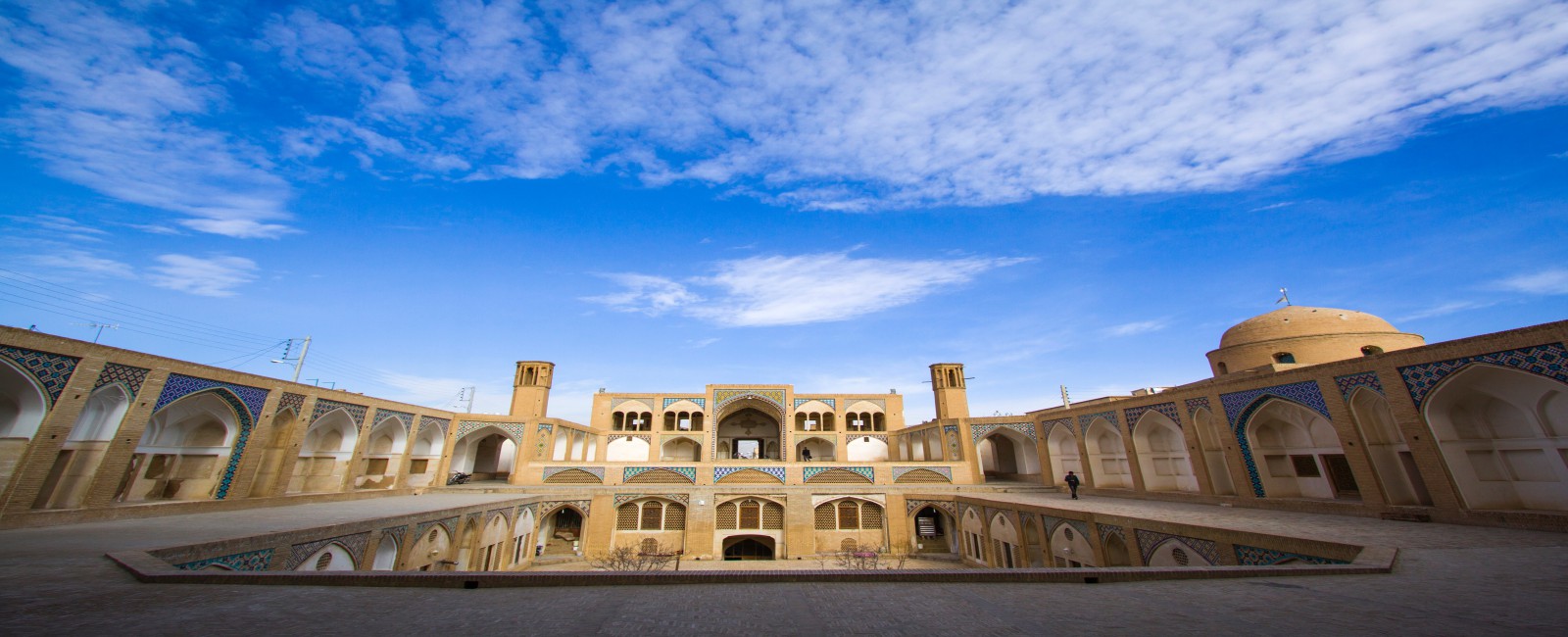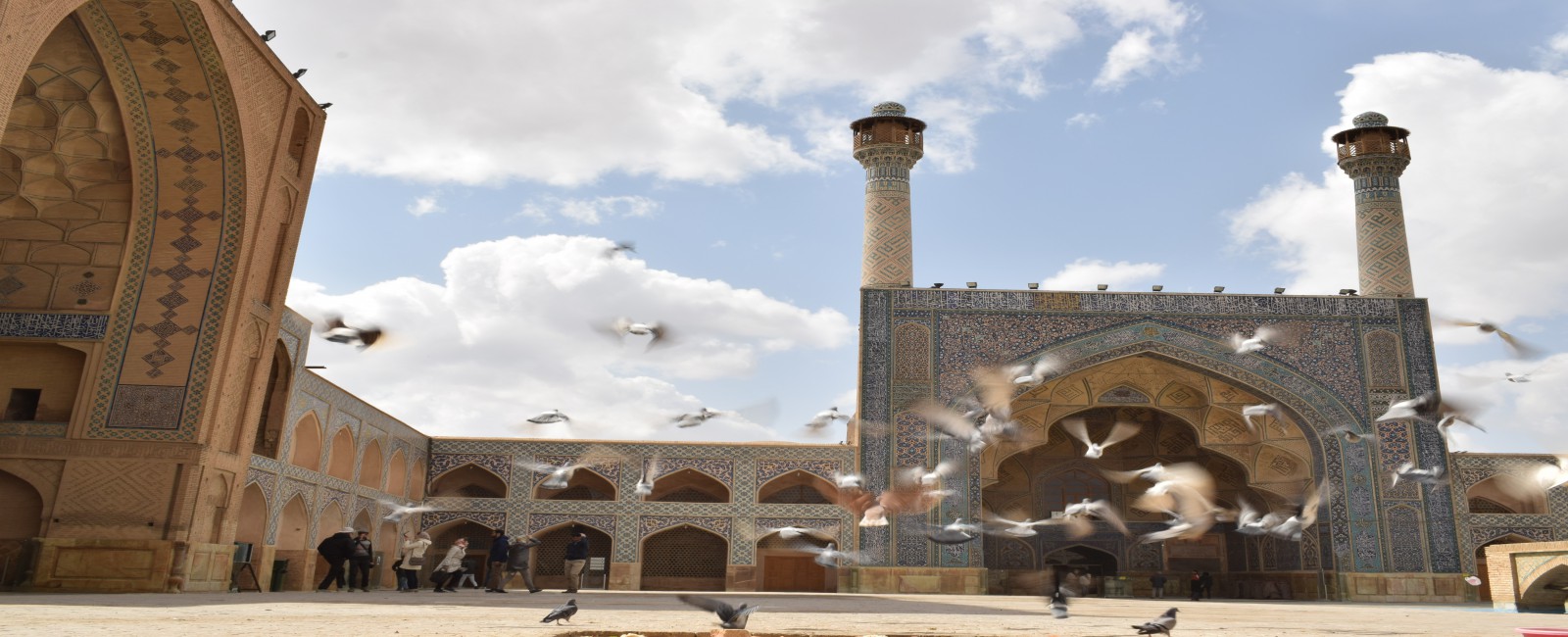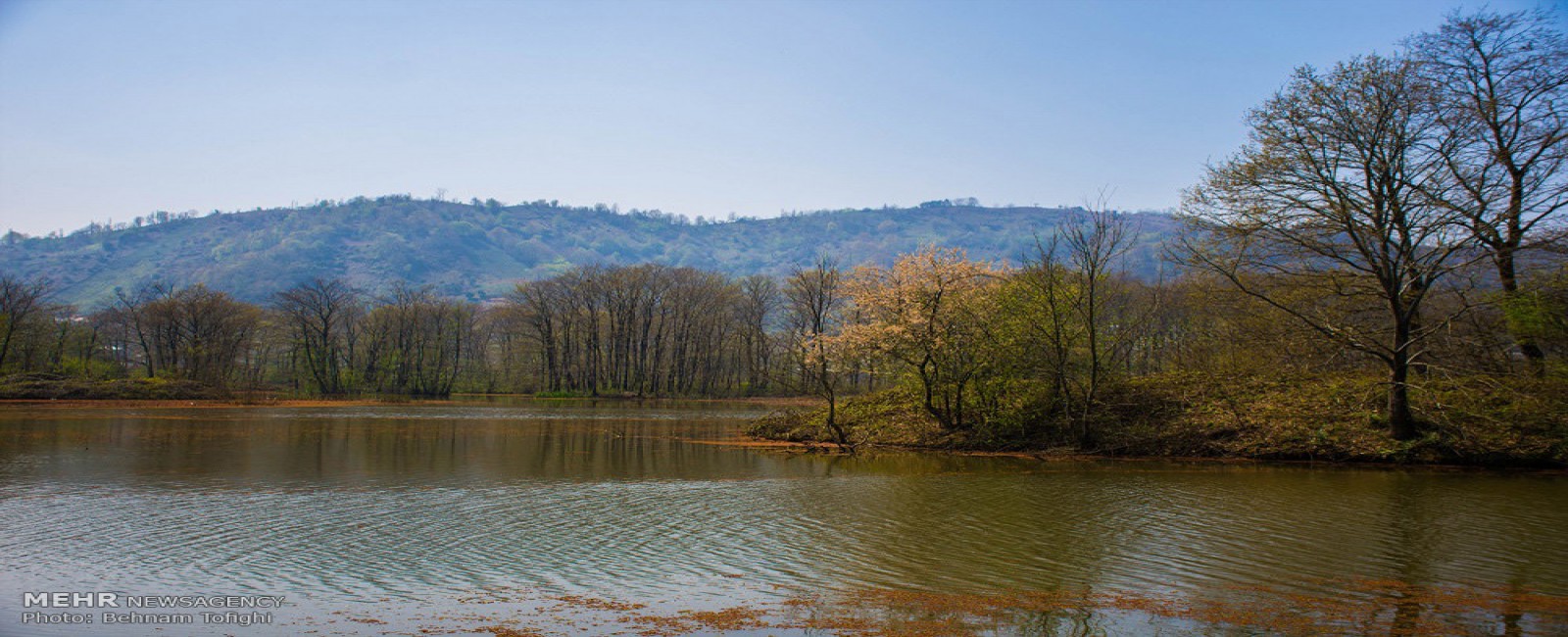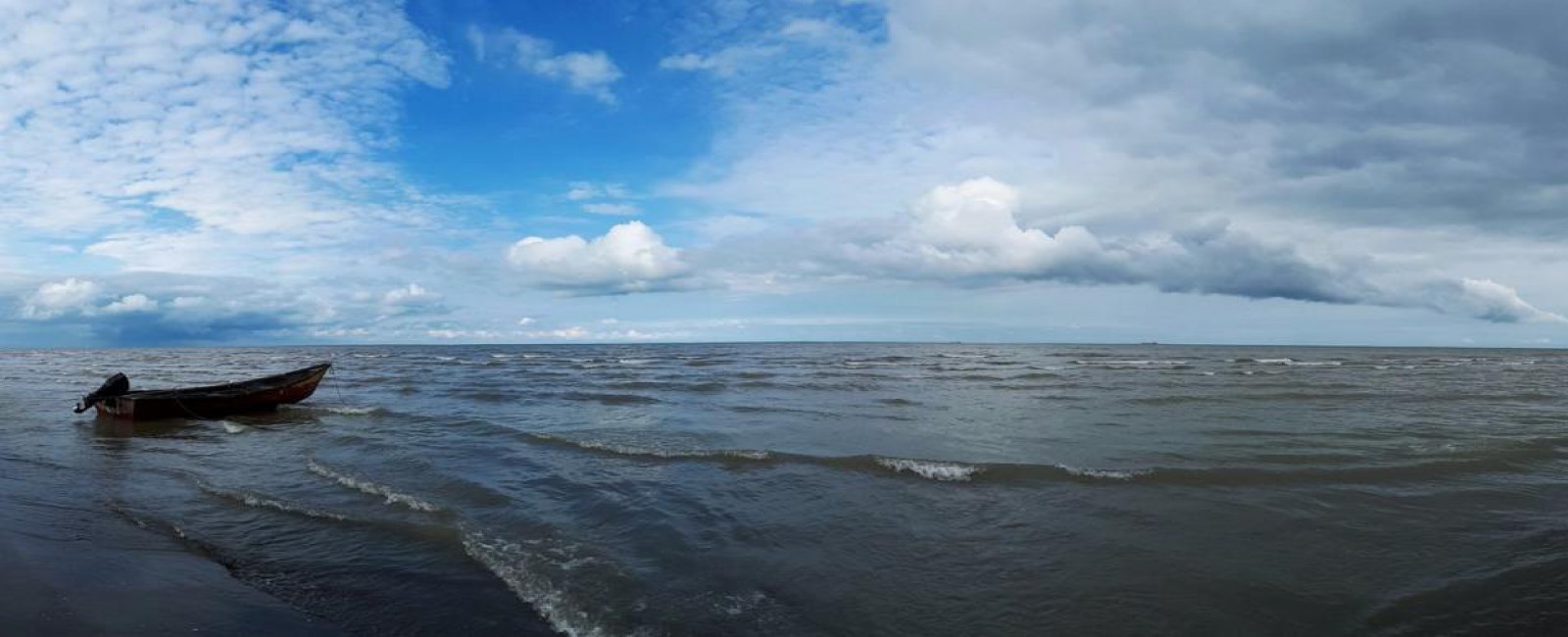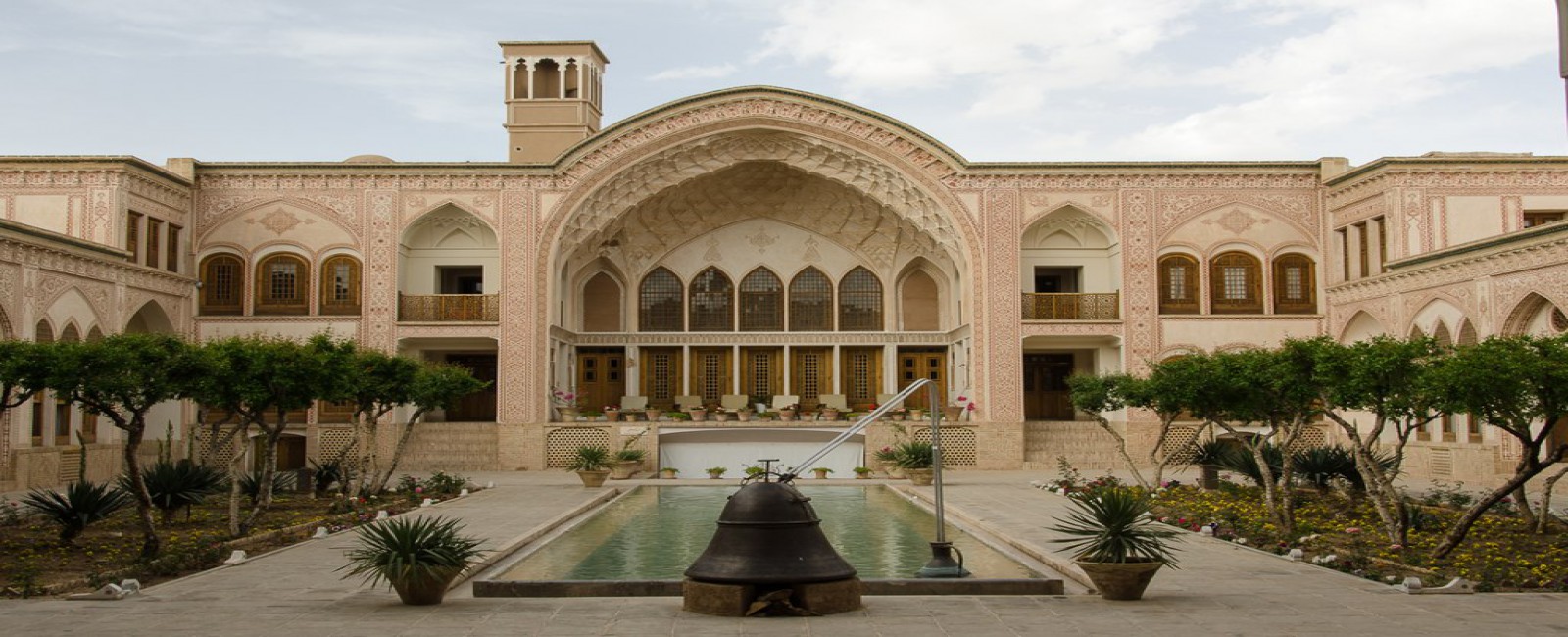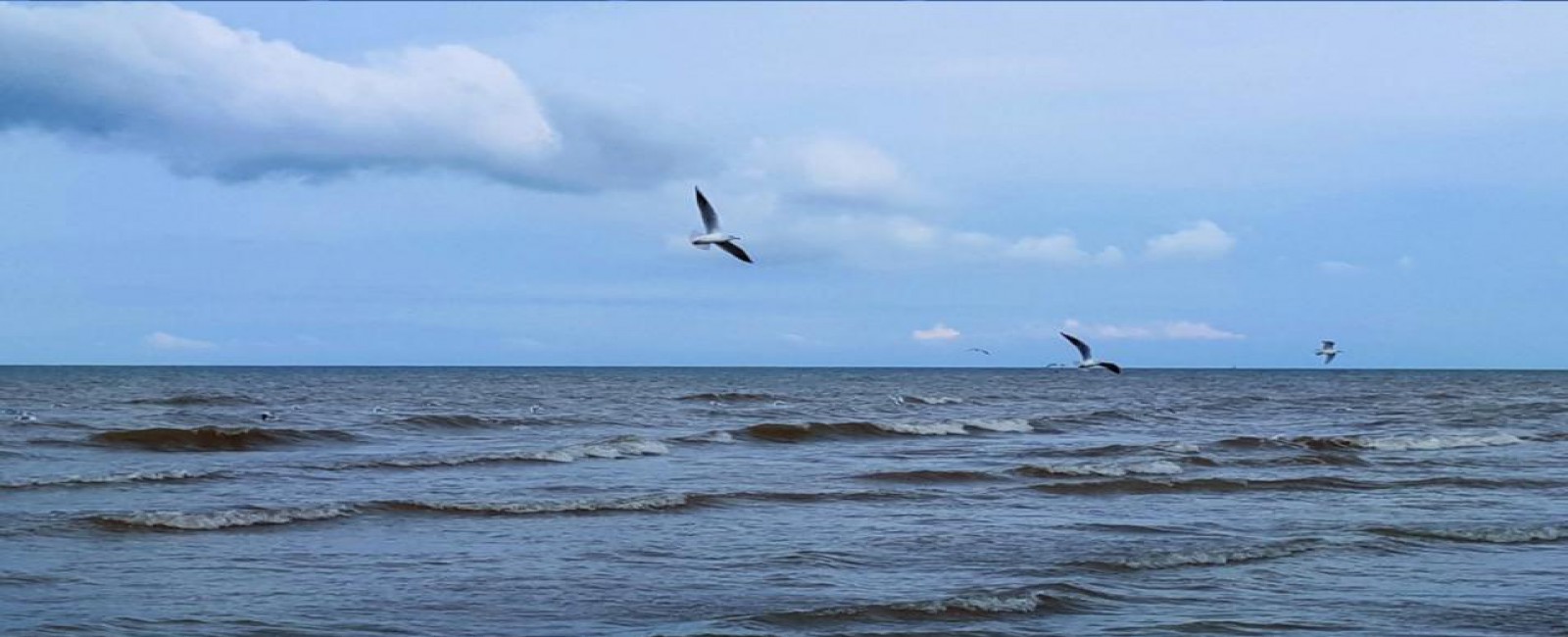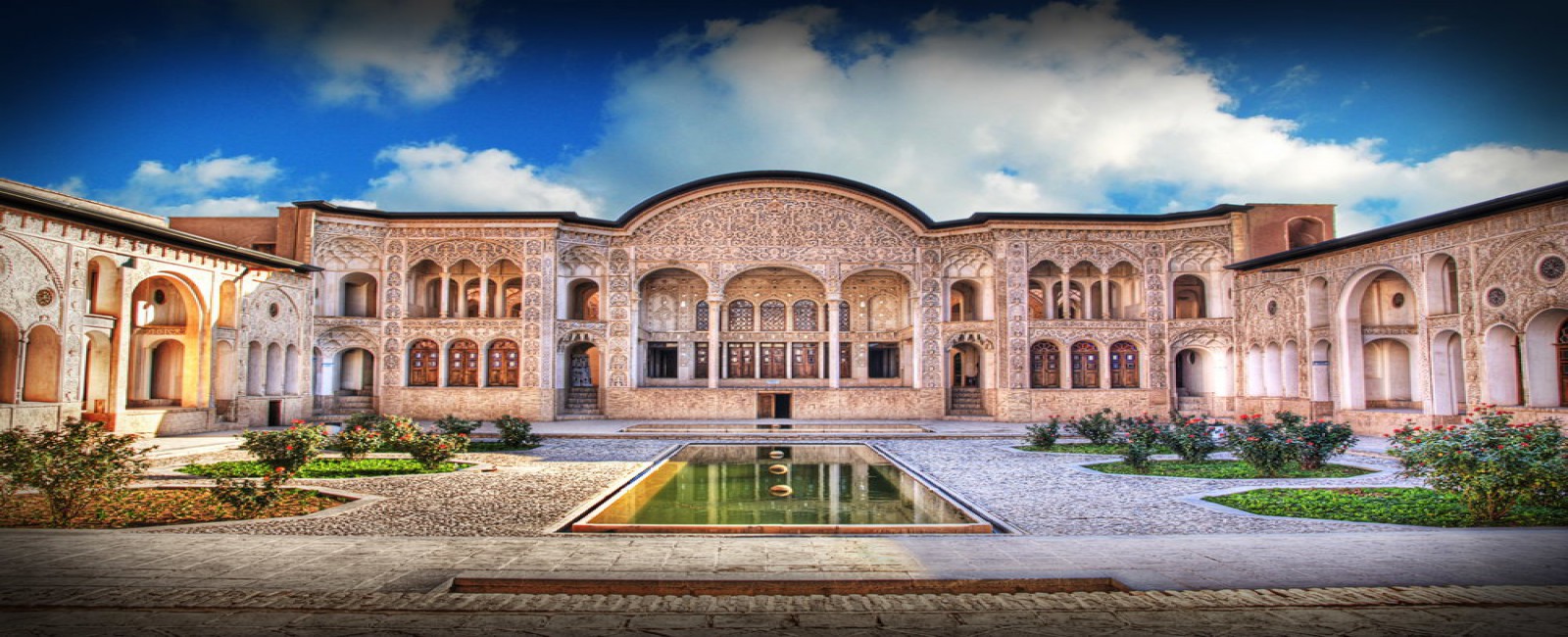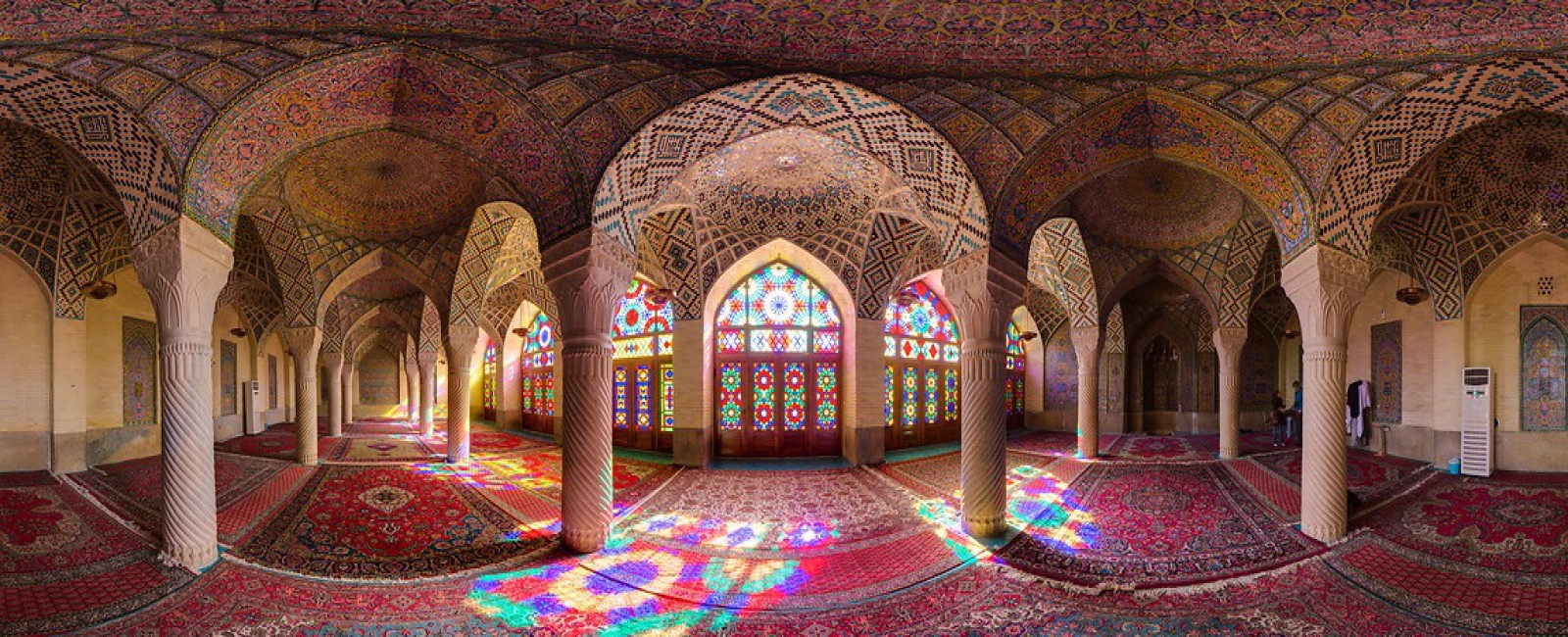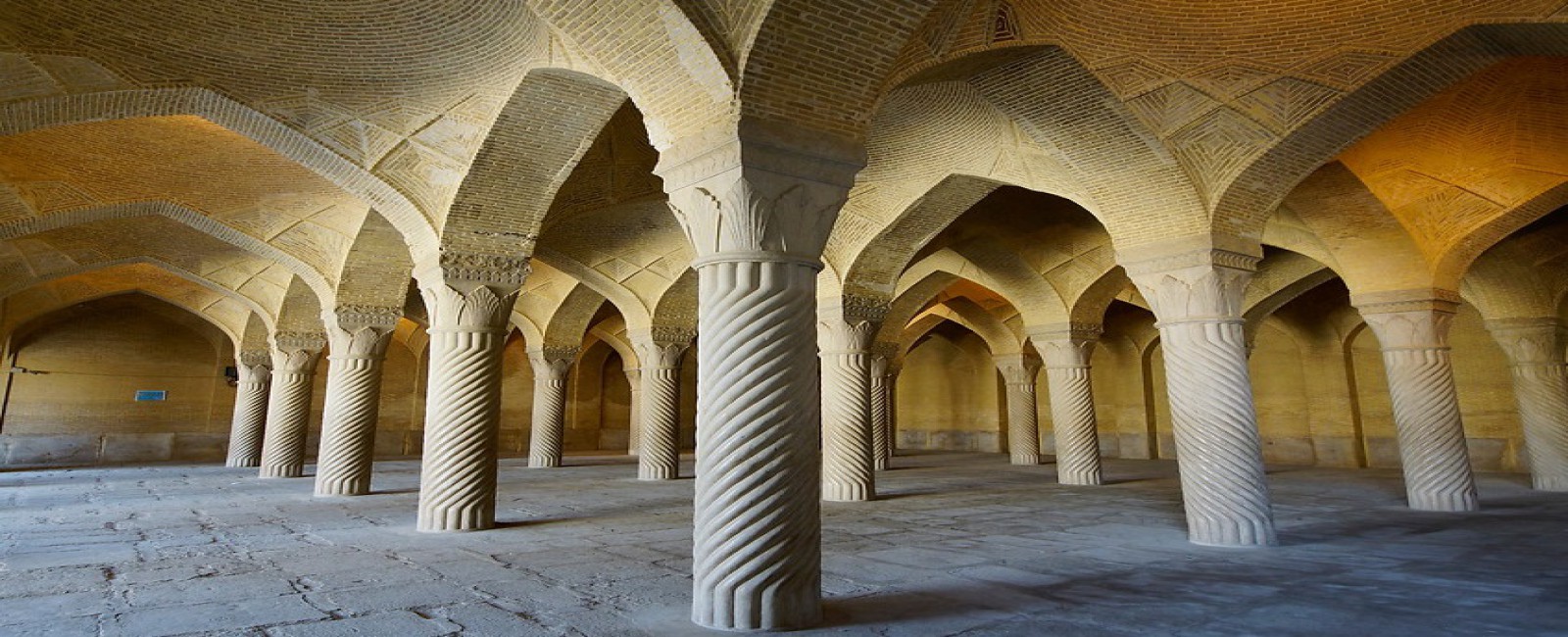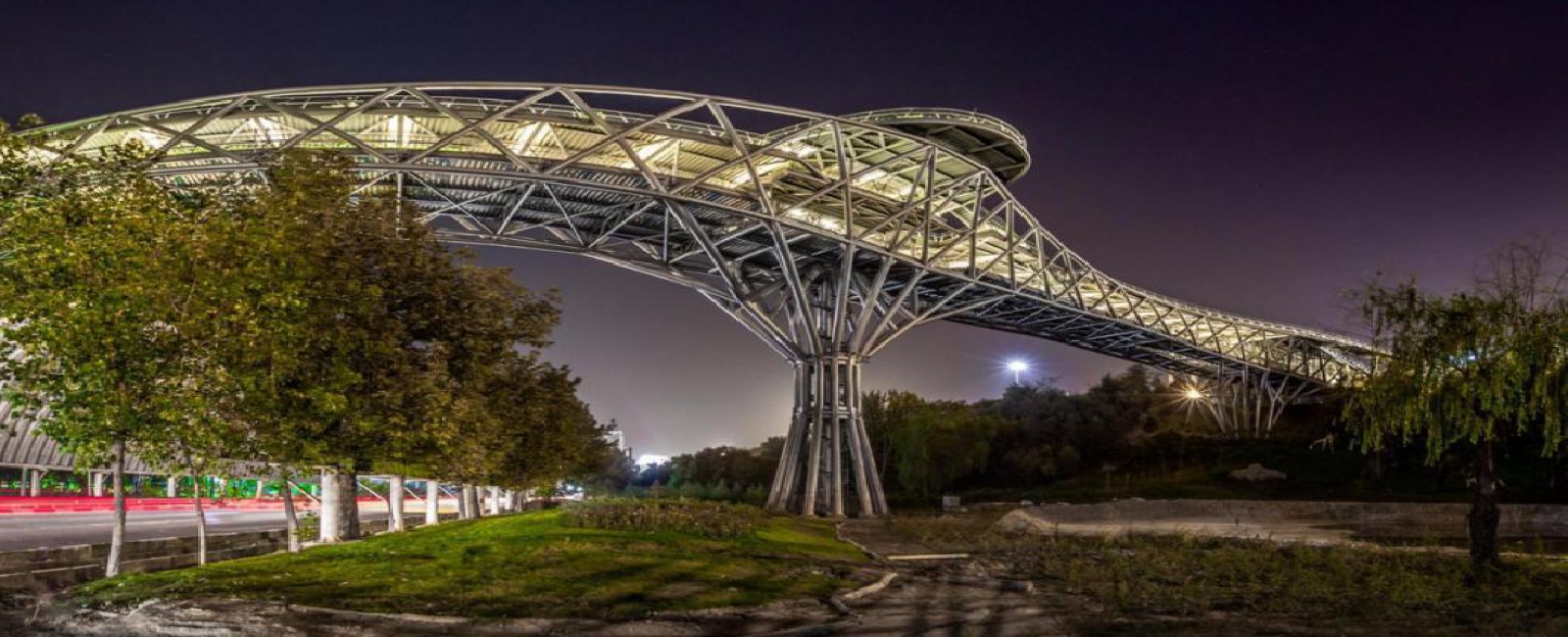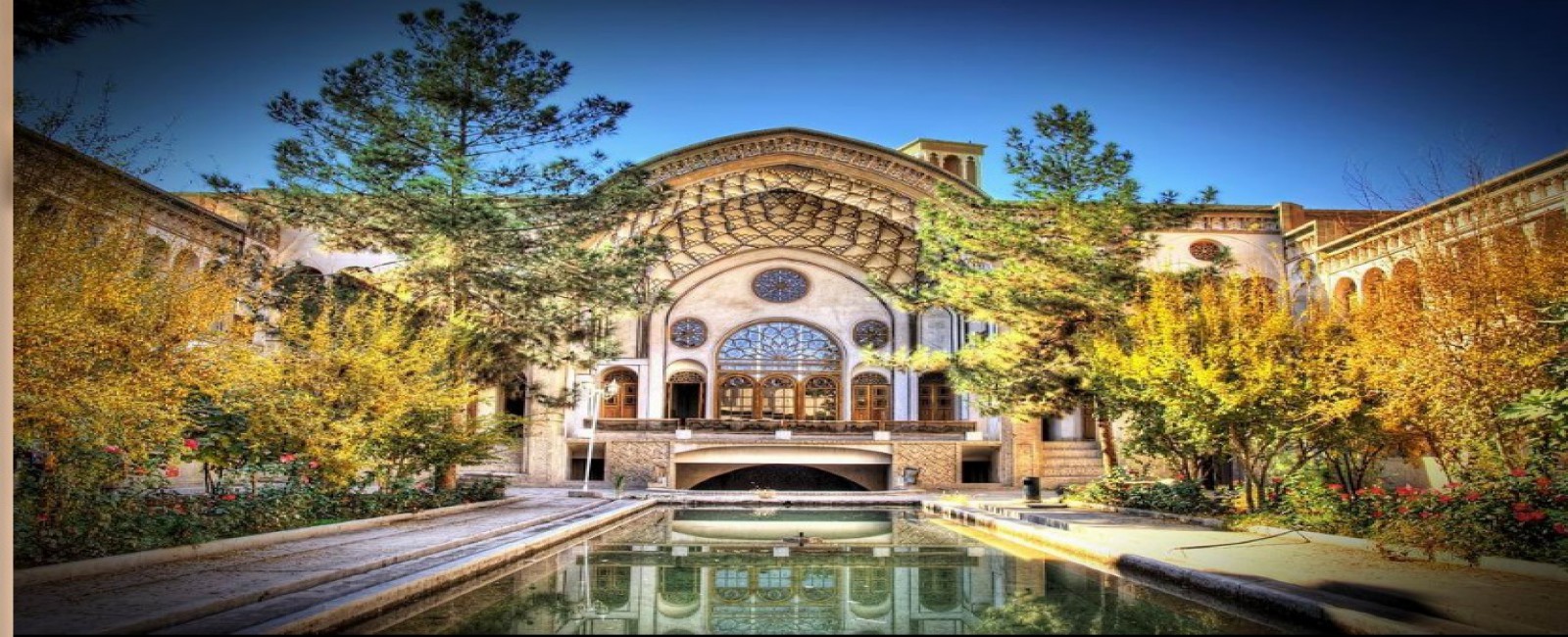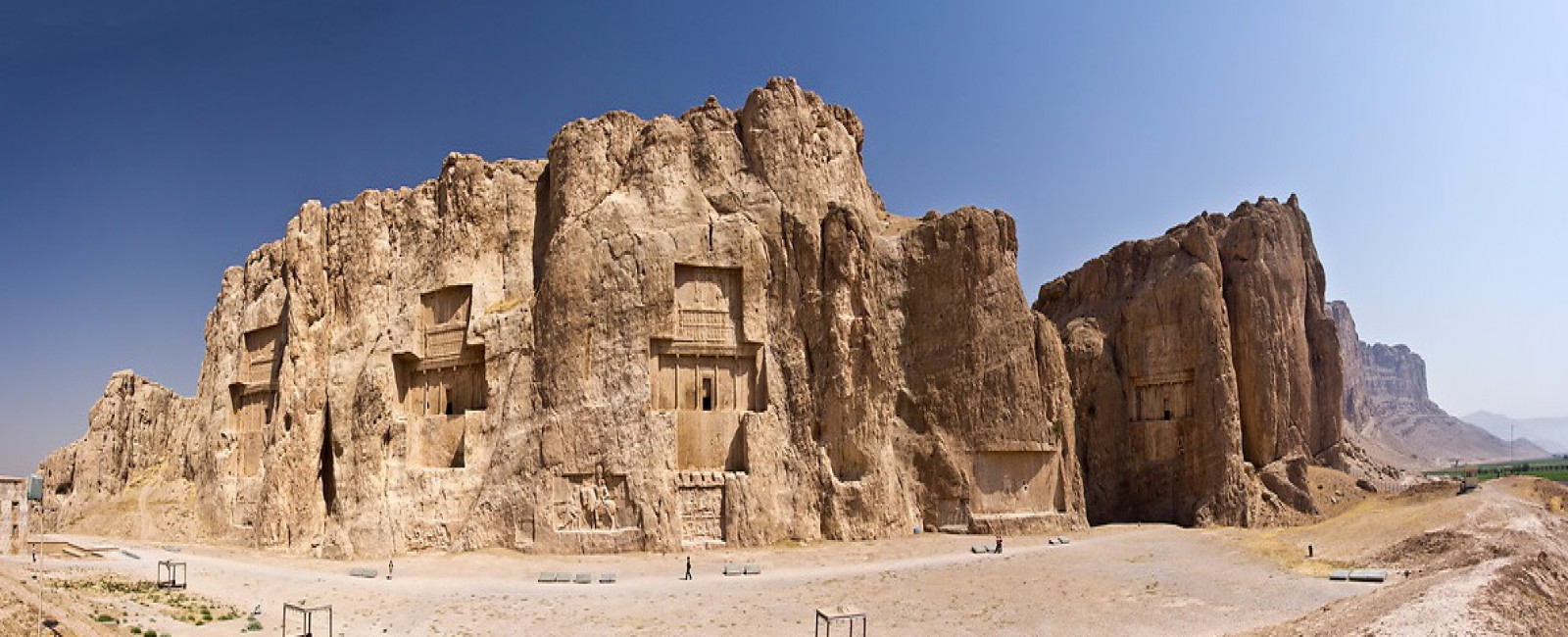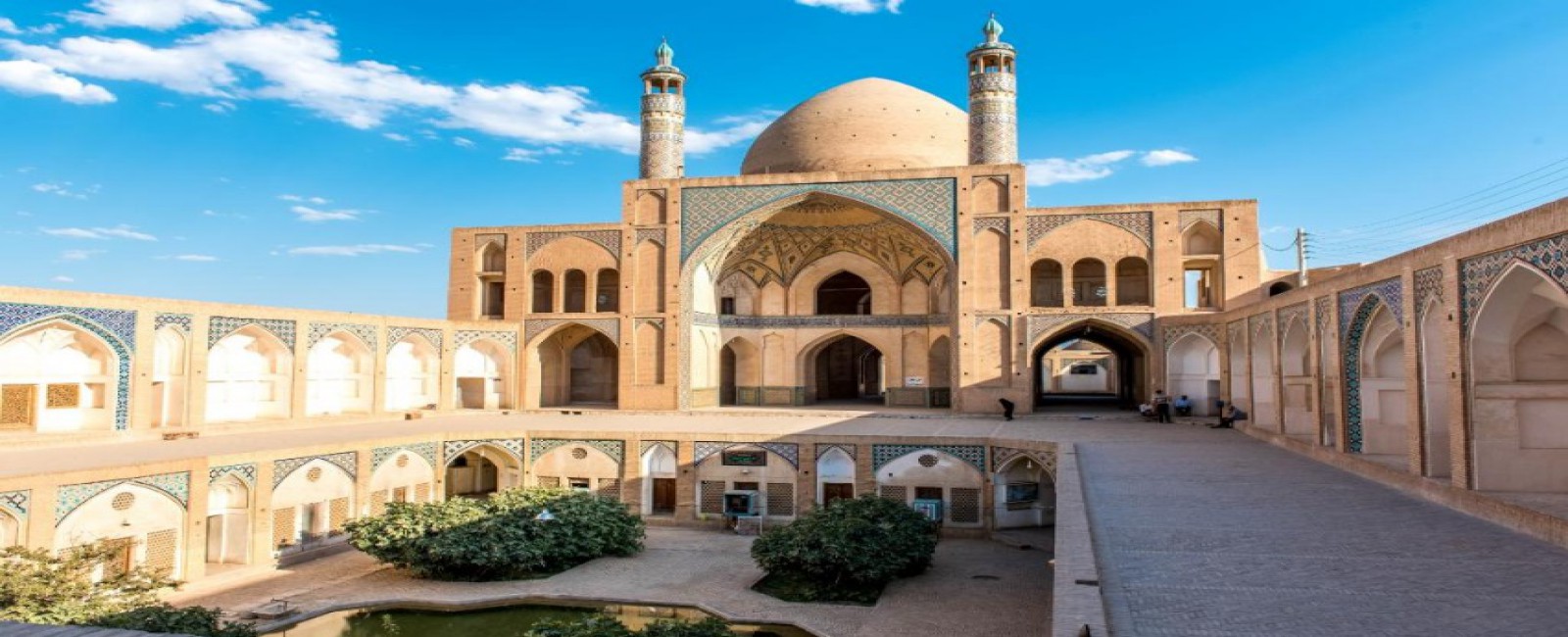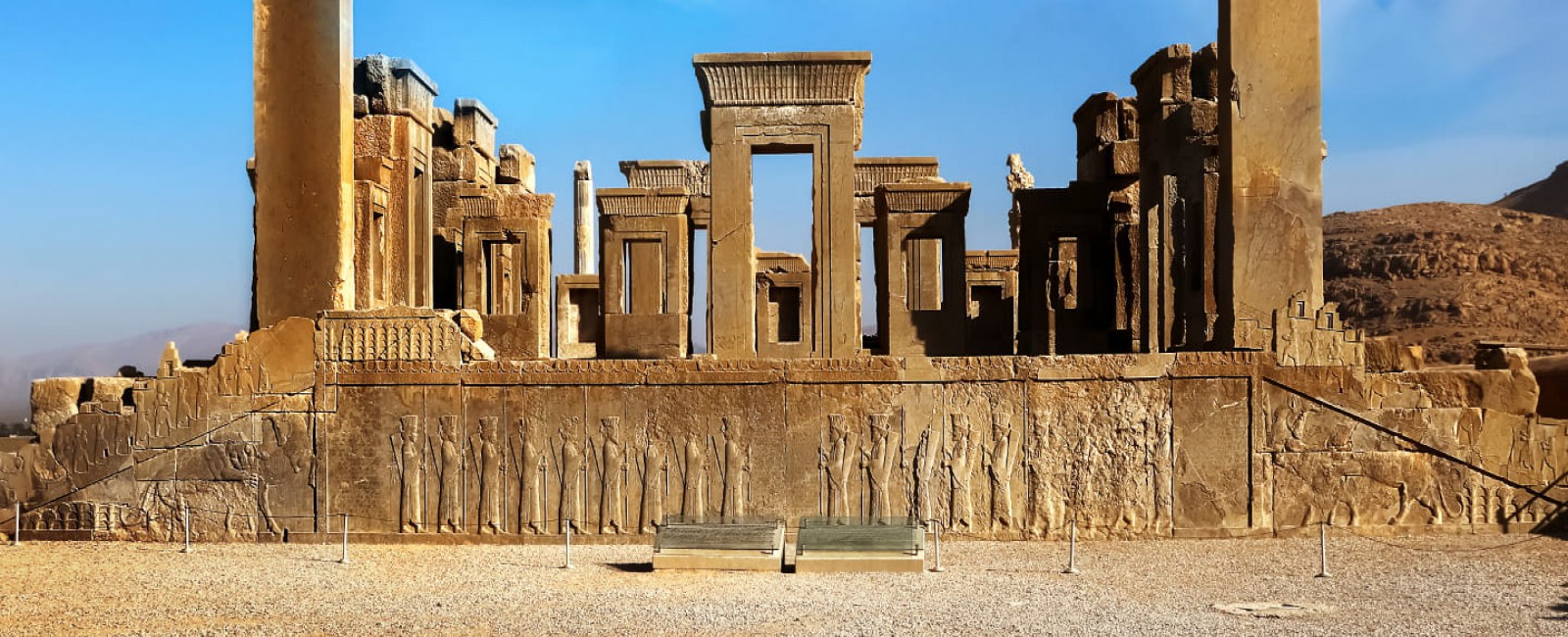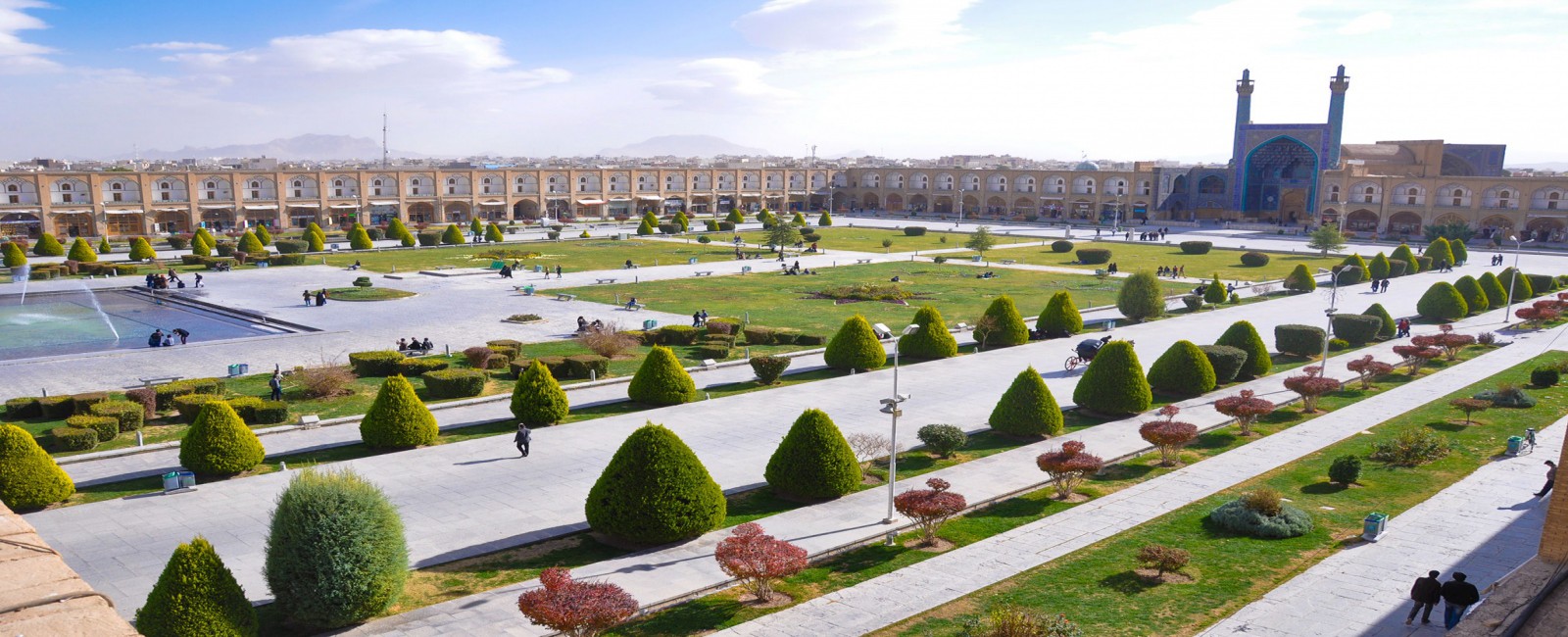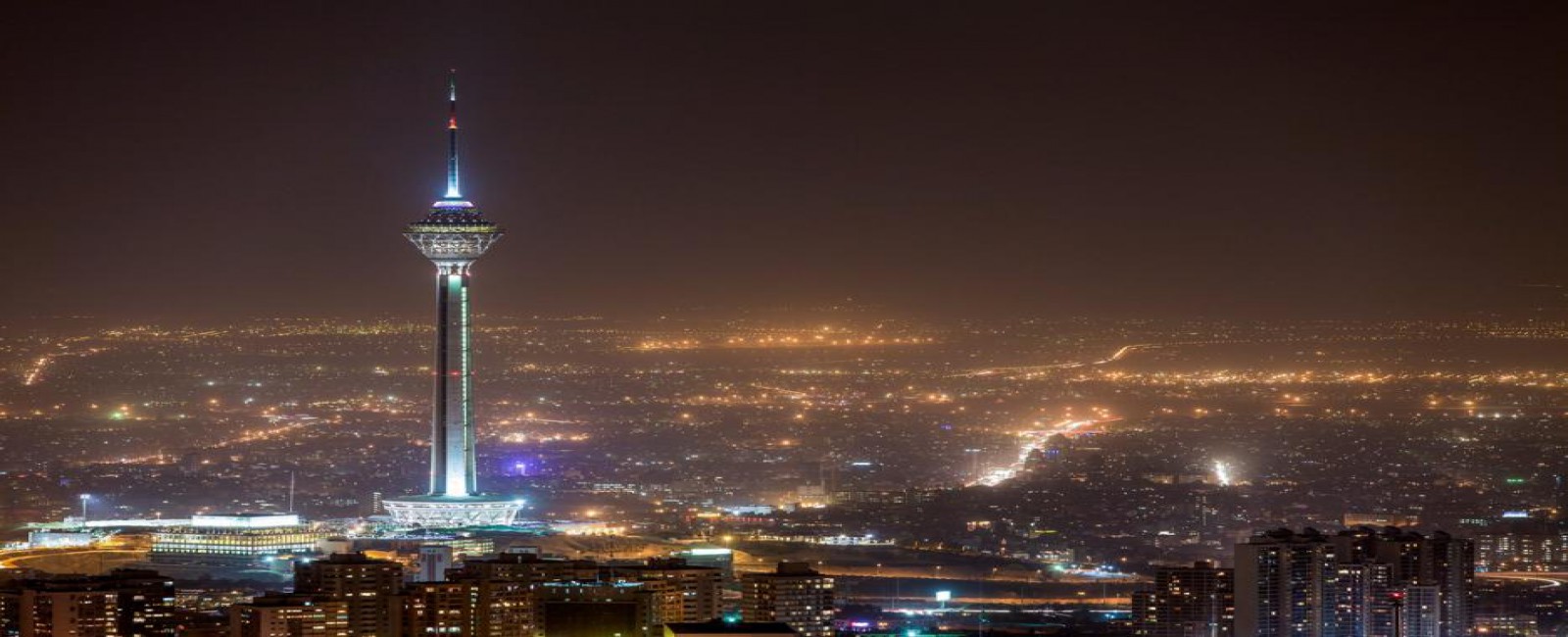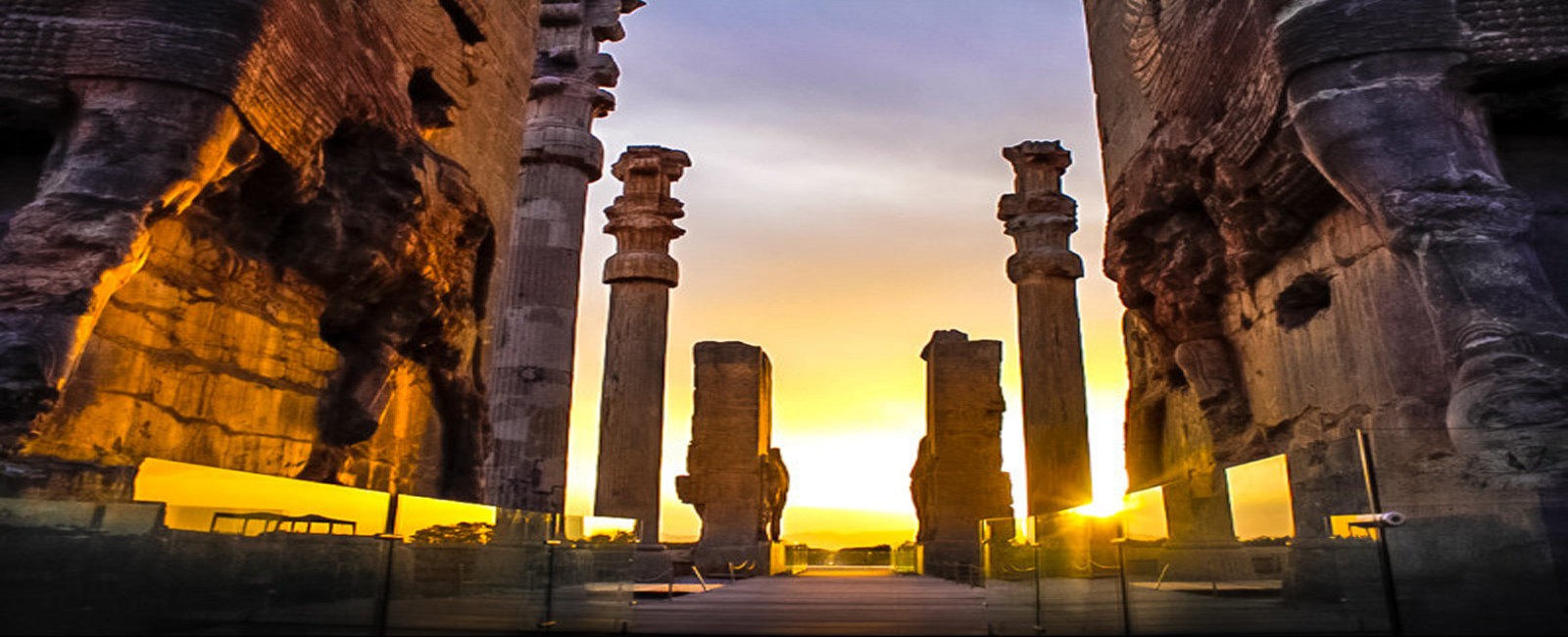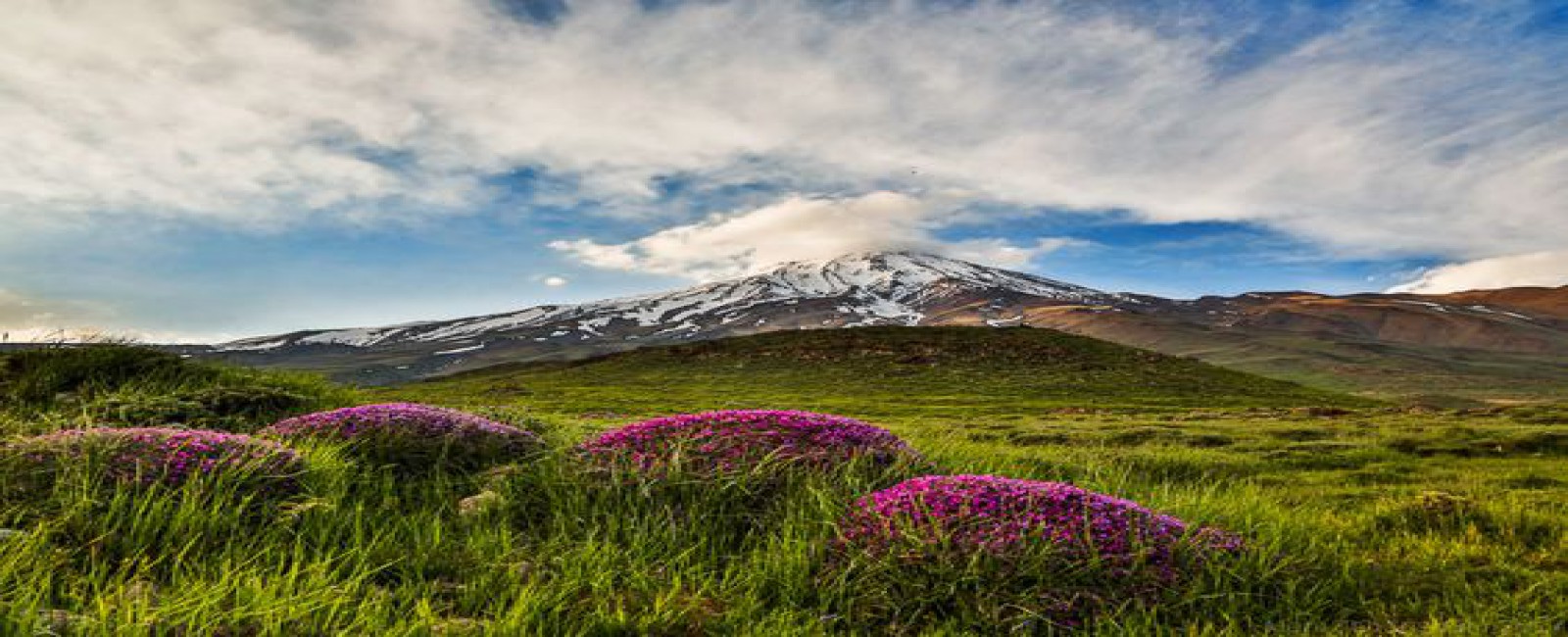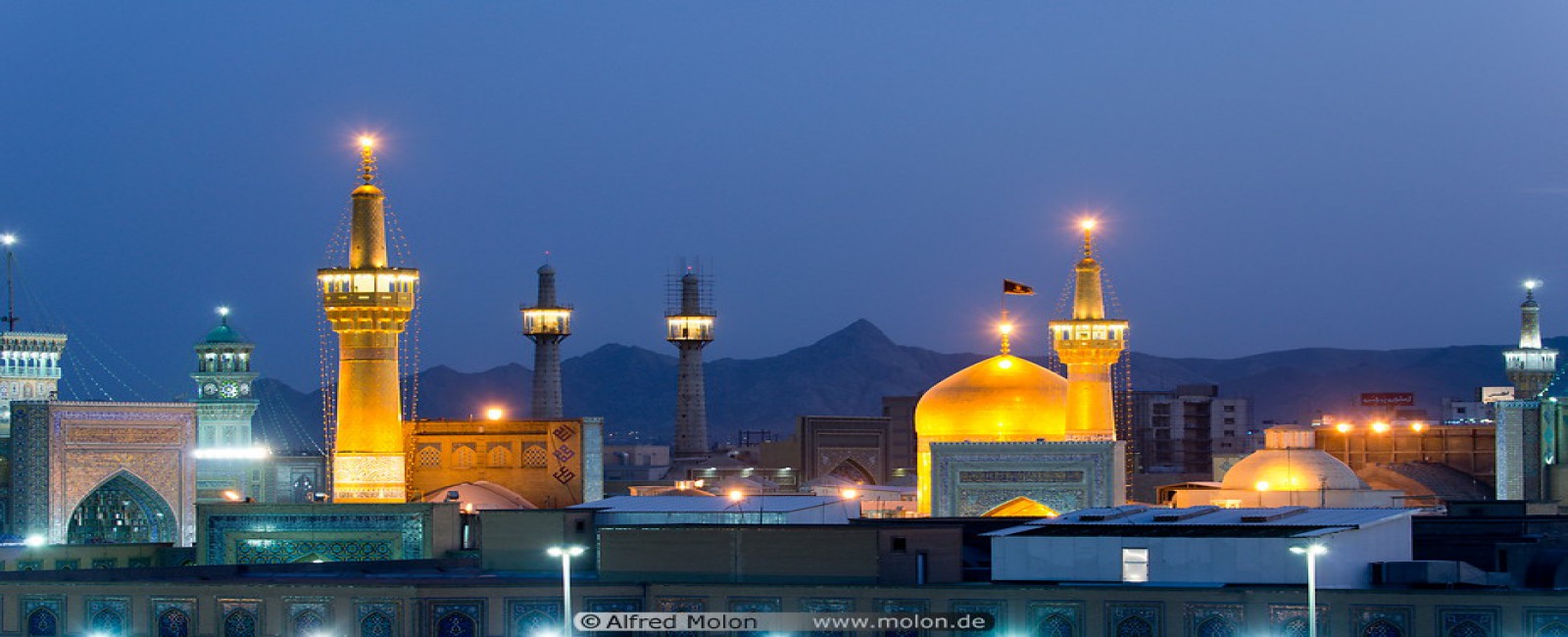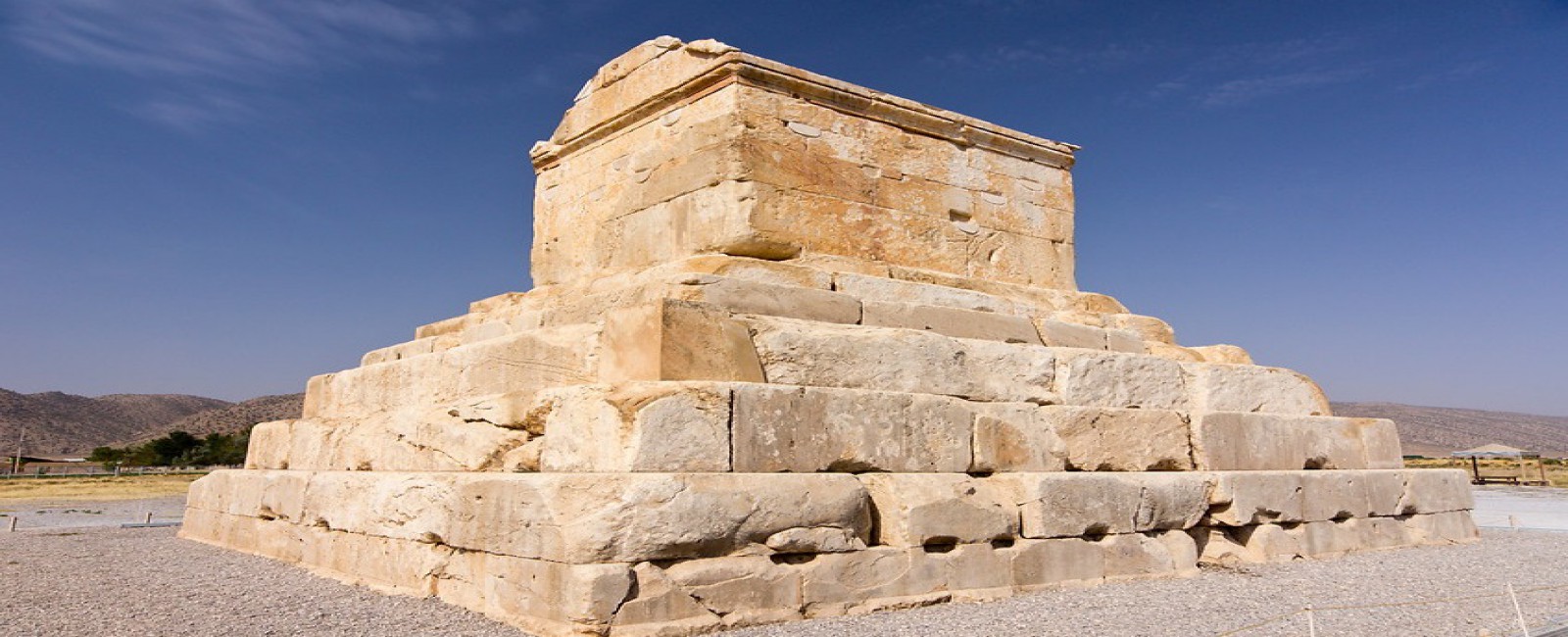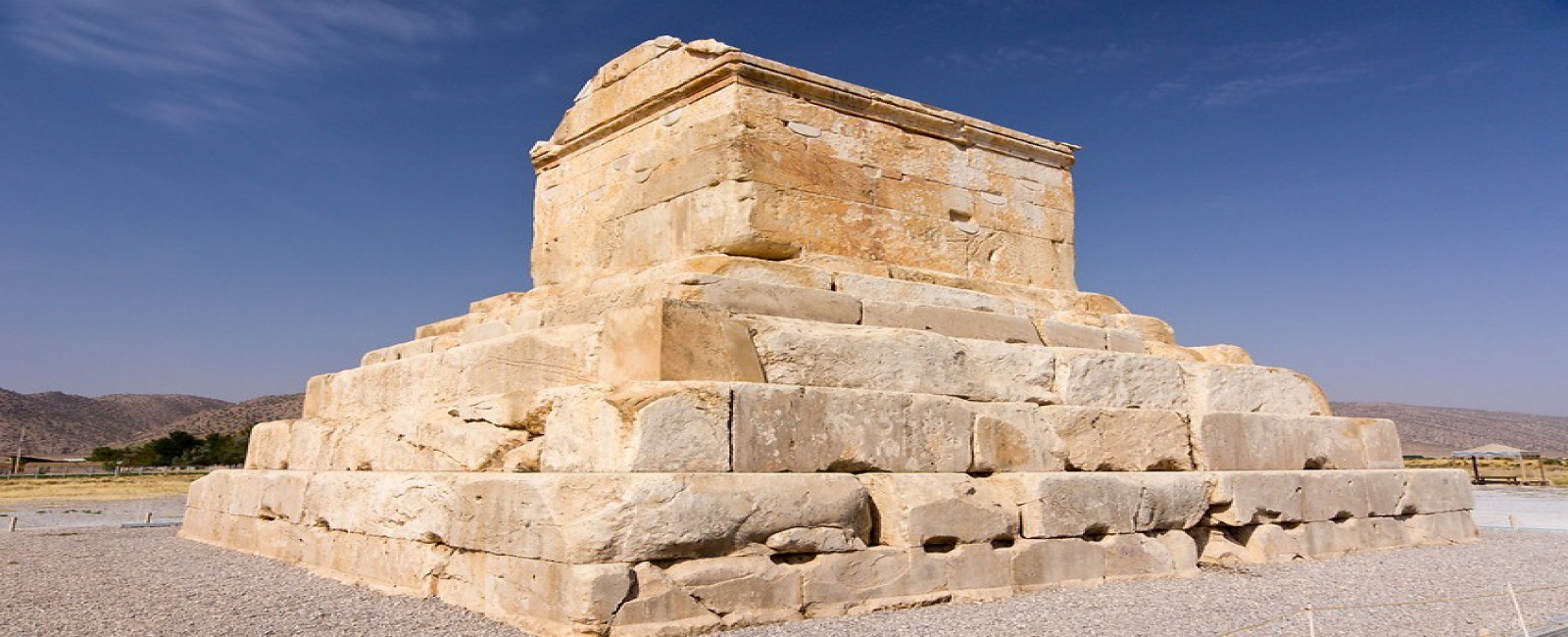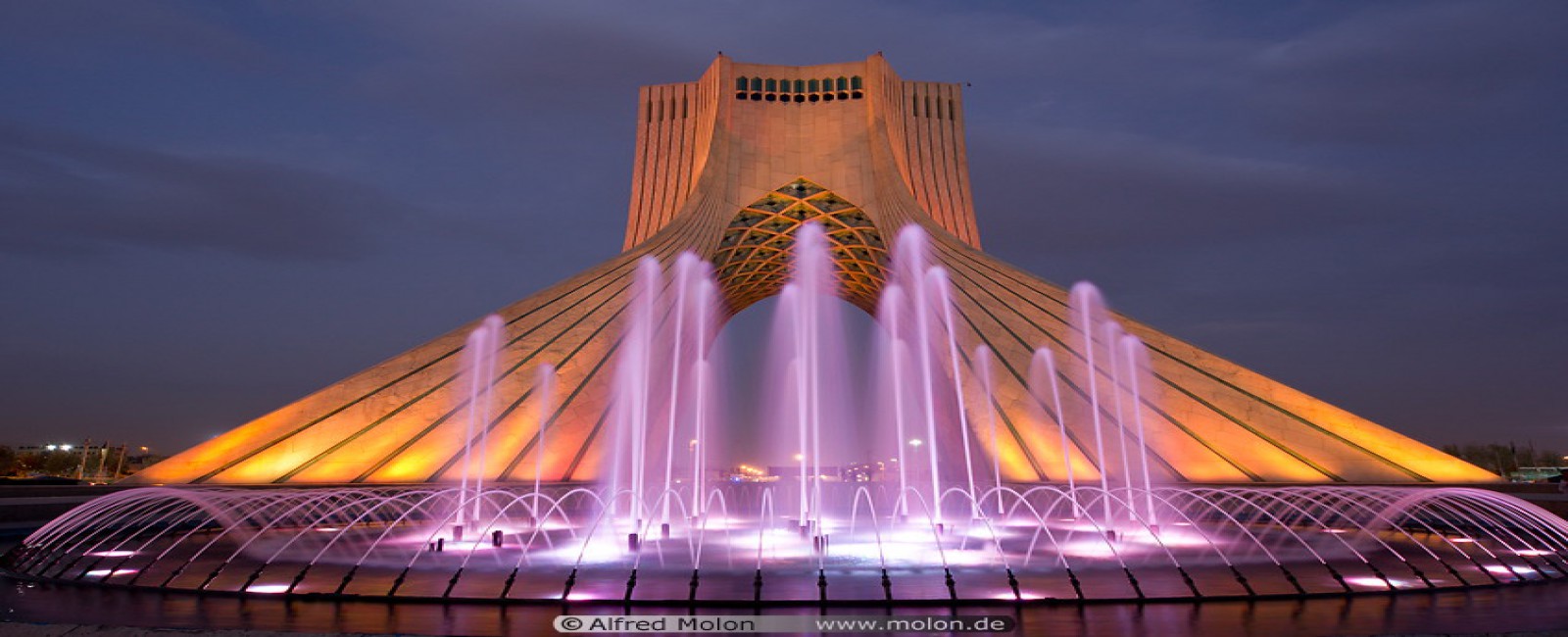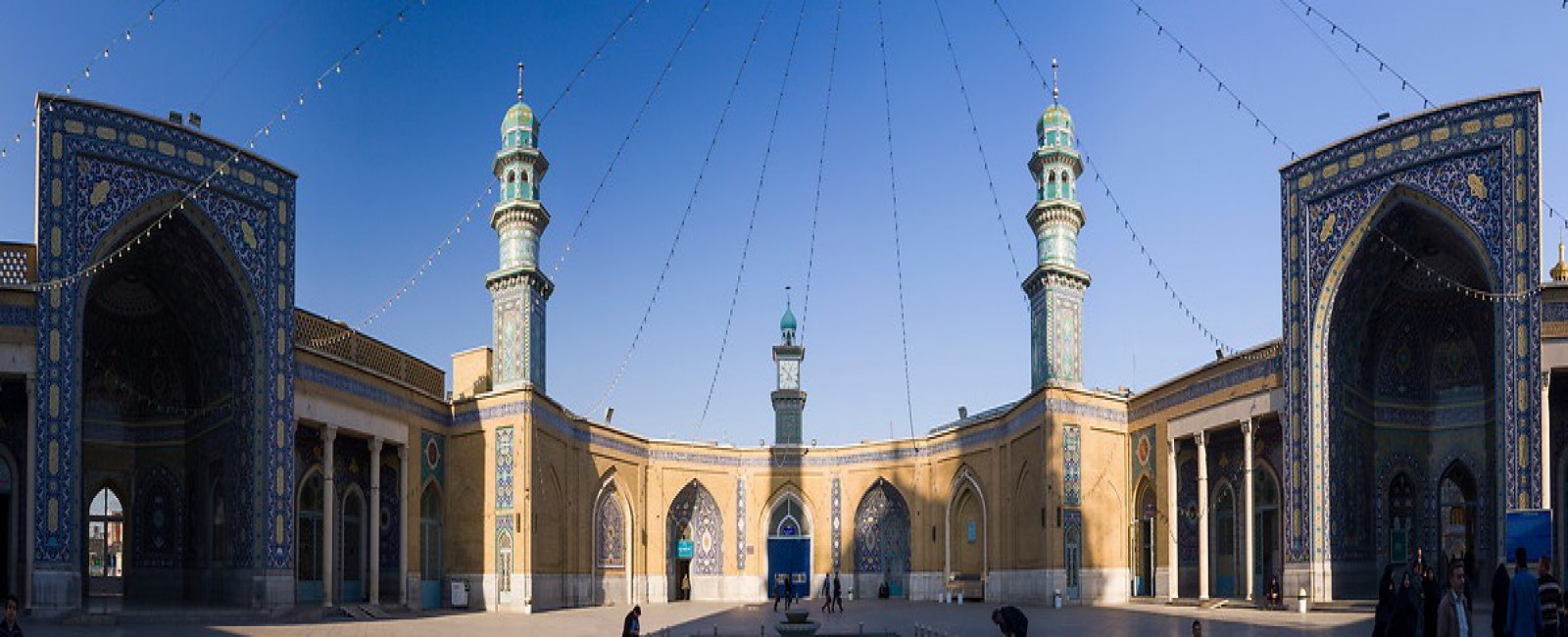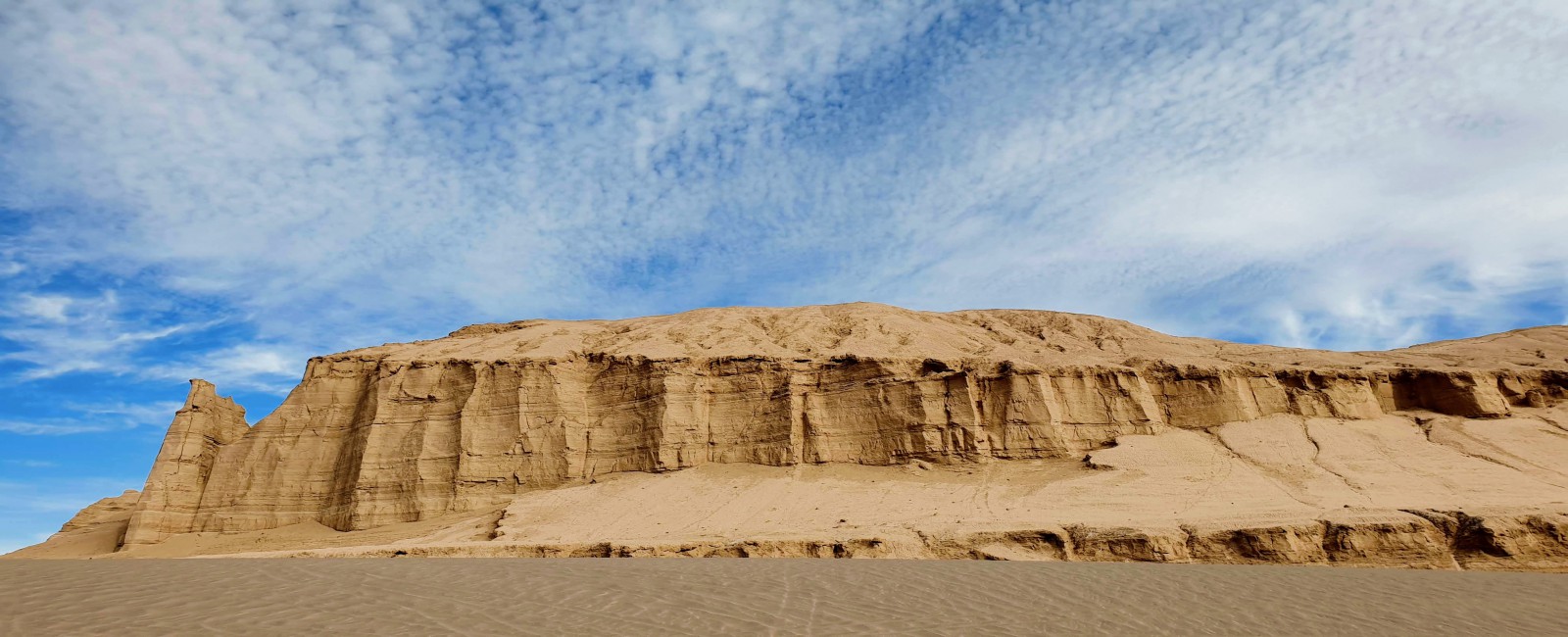
Tourism Information of Khorassan-Razavi Provincei
In the past history of Iran, the province of Khorassan Razavi has been a constant witness to the rise and fall of powers and governments. Various tribes and clans, both from inside and outside of the country, such as Arabs, Turks, Mongols, Turkemen, Qajar and Afqans have accounted for much unaccountable events in this wide territory. The ancient geographers of Iran had devided Iran (Iran Shahr ) into eight segments, of which the most flourishing and largest was territory of Khorassan. During the Sassanide (Sassanian) Dynasty the province was governed by a Espahbod (Lieutenant General) called "Padgoosban" and four margraves, each commander of one of the four parts of the province. Khorassan was divided into four parts during the Islamic period and each section was named after the four large cities, such as Nayshabur , Marve, Harat and Balkh. In the year 31 AH, the Arabs came to Khorassan and it was at this time that the inhabitants accepted the religion of Islam. Till the year 205 AH, this territory was in the hands of the Bani-Abbas clan, followed by the rule of the Taherian clan in the year 283 AH, and there after in 287 AH the Samanian Dynasty came to the scene as rulers. Sultan Mohmood Qaznavi conquered Khorassan in 384 AH and in the year 429 AH Toqrol, the first of the Saljuqian Dynasty conquered Nayshabur. Mahmood Qaznavi retaliated against the invaders several times, and finally the Qaznavi Turks defeated Soltan Sanjar Saljuqi. But there was more to come, as in the year 552 AH. Khorassan was conquered by Kharazm Shahian and because of simultaneous attacks by the Mongols, Khorassan was annexed to the territories of the Mongol Ilkhanan. In the 8th century AH, a flag of independence was hoisted by the Sarbedaran movement in Sabzevar and in the year 873 AH, Khorassan came into the hands of Amir Teimoor Goorkani and the city of Harat was declared as capital. In the year 913 AH Khorassan was occupied by the Ozbekans. After the death of Nader Shah Afshar in 1160 AH, Khorassan was occupied by the Afqans. During Qajar period, Britain supported Afqans as they were responsible for guarding the Indian Borders. Finally, the Paris Treaty was concluded (1903) and Iran was compelled not to interfere in the internal affairs of Afqanistan. At this time Khorassan was divided into two: the eastern part, which was the most densely populated region came under Britain’s protection, and the other western section remained under the occupation of Iran. But in spite of all these upheavals Khorassan is one of the most fertile and flourishing provinces of Iran. This province envelopes many natural attractions, such as mineral water springs , small lakes , recreational areas , caves and protected regions , heights and summits surmount its attractions despite its acute water resources shortage. Khorshid Palace Besides these, Khorassan Razavi encompasses numerous religious buildings and places of pilgrimage, including the shrine of his Holiness Imam Reza (AS) and many other mausoleums and Imamzadehs which attract visitors to this province.


